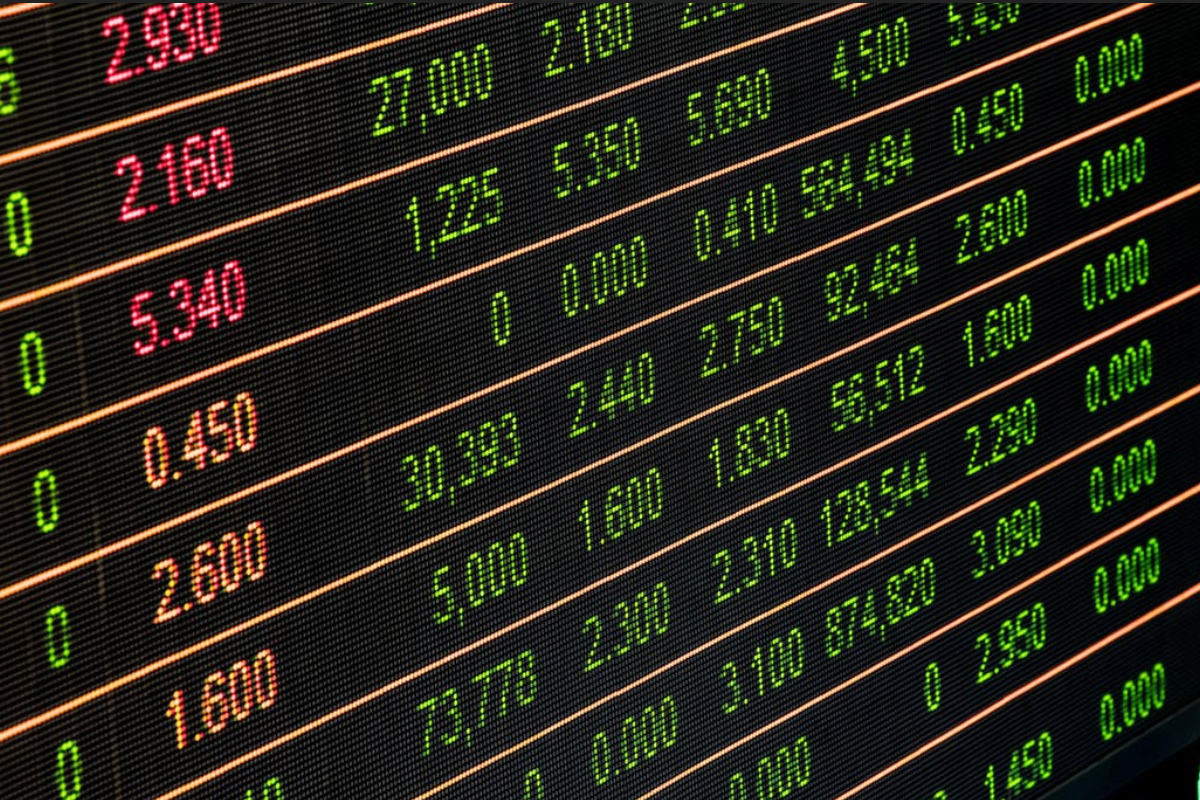It is eight years since the global financial crisis (GFC) started and few would say things are ‘back to normal’.
But most companies who survived have adjusted to the new normal of sluggish global growth, and in New Zealand’s case, marginal domestic growth.
Looking back its obvious what happened: The GFC caused the purse strings both corporate and government to tighten, and saw projects cancelled. The resulting reduction in activity in New Zealand saw margins slashed in the metal fabrication sector as competition increased and with that many companies froze or reduced staff and put off investment decisions. The construction activity around the Canterbury rebuild has helped to ease things more recently, especially for steel construction companies.
To some extent this has helped offset the pause in local new renewable energy projects caused by the drop in domestic energy prices and the impact of the slowdown in the oil and gas industry.
Fortunately not all is doom and gloom; a recent report, the United Nations Environment Program’s (UNEP) ‘Global Trends in Renewable Energy Investment’ report, prepared by the Frankfurt School – UNEP Centre and Bloomberg New Energy Finance shows that over the last 12 years global investment in renewable energy has amounted to US$2.3 Trillion, with 2015 adding US$286 Billion which was 3% higher than the previous peak recorded in 2011. While the GFC clearly had an impact on renewable investment in 2012 – 2014, the new normal is certainly looking US$100B better than in 2008.
From a New Zealand perspective, we are starting to see strong local interest in the Above Ground Geothermal and Allied Technologies (AGGAT) programme, especially in the area of using waste heat to produce electricity. Initiatives like the Paris climate change accord will see the current solid growth in demand for renewables accelerate significantly providing a healthy global market for companies offering renewable technologies.
This is good news for New Zealand developers and manufacturers transitioning into becoming export-driven high value manufacturers as the market is growing, despite record lows in the price of fossil fuels.
The apparent disconnect between fossil fuel prices and renewable uptake suggests that the policy frameworks being implemented around the globe and growing consumer support for sustainability mean that the rate of growth will likely accelerate and be a long term trend, which will make R&D and market development investment decisions by manufacturers easier.
This does not mean that the residual effects of the GFC are not still being felt, just that there are niches of opportunity and the time is right to pursue them.

